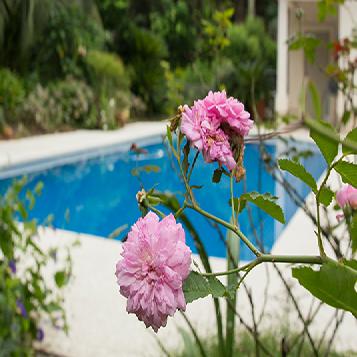Environment
To live in harmony with the Florida environment, we need to be aware of how our lives intersect with and affect it. We offer information about the animal and plant species that live here, as well as the coasts, estuaries, forests, swamps, lakes, hammocks, and wetlands that make our state unique, so you can enjoy—and help preserve—these treasures.
To find out what Extension services are available in your area or to get personal assistance, please contact your county Extension office.
 Videos: Mosquito control in home landscapes
Videos: Mosquito control in home landscapes
 Five tips for keeping your beach clean this summer
Five tips for keeping your beach clean this summer
Zika Challenge
Science teachers learn to spread the word about invasive plants
Youth take the plunge into environmental stewardship
Florida’s Mangrove Forests
General Resources
UF/IFAS Sites
- Agricultural and Biological Engineering Department
- Air Potato Biological Control
- Center for Aquatic & Invasive Plants
- Department of Fisheries and Aquatic Sciences
- Department of Statistics
- Department of Wildlife Ecology and Conservation
- Emerging Threats to Forests Research Group
- Entomology and Nematology Department
- Fishing for Success
- Florida Invasive Plant Education Initiative & Curriculum
- Florida Lakewatch
- Florida Master Naturalist Program
- Florida Natural Resources Leadership Institute
- Florida Sea Grant
- Florida Wildlife Extension
- Living Green
- Mosquito Information
- Natural Areas Training Academy
- Pesticide Information Office
- School of Forest Resources and Conservation
- School of Natural Resources and Environment
- Soil and Water Science Department
- TAME Invasives Portal
- Tree Health Forum
UF/IFAS Publications
State & Federal Agencies
- Florida Department of Environmental Protection (DEP)
- USDA Forest Service
- U.S. Environmental Protection Agency (EPA)
- U.S. Fish & Wildlife Service (FWS)
- U.S. Geological Survey (USGS)

